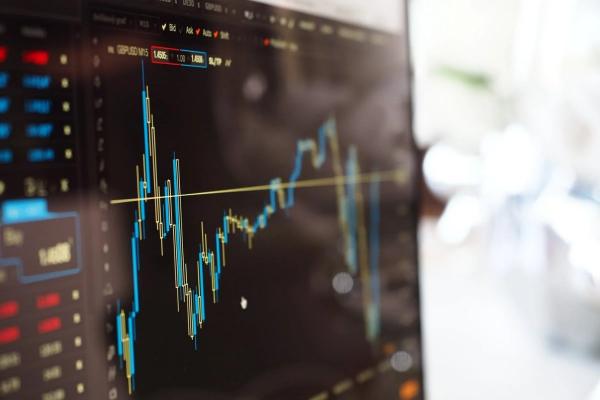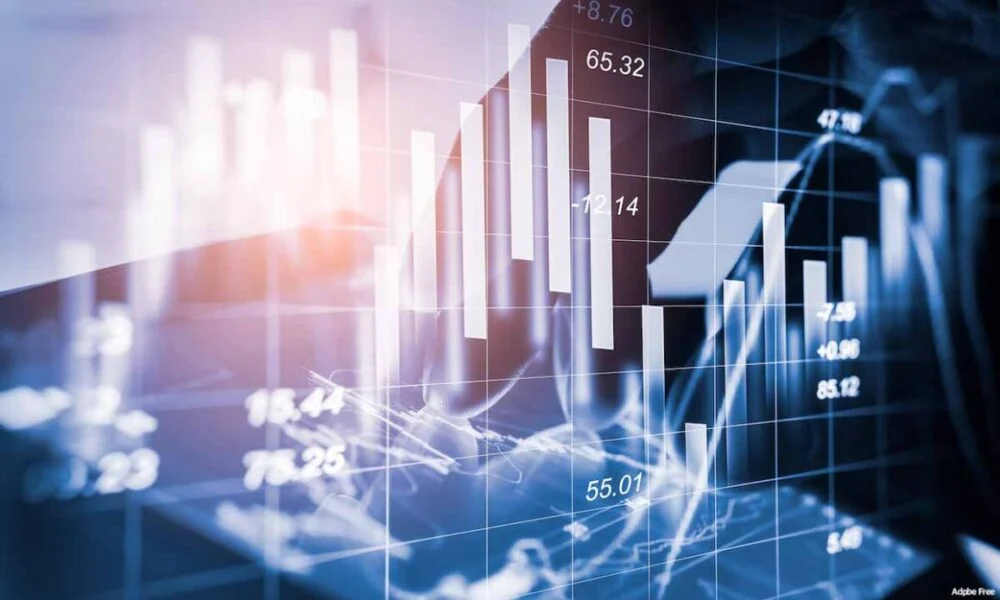Investing in metals has long been considered a safe haven during times of economic uncertainty. Precious metals, such as gold, silver, and platinum, are often viewed as a store of value and a hedge against inflation. This article explores the various aspects of investing in these metals, the risks involved, and the potential rewards for those looking to diversify their investment portfolios.
Understanding the Appeal of Precious Metals
Many investors are attracted to the idea of investing in precious metals because of their long-standing reputation as a reliable store of value. Unlike paper currency or stocks, which can be affected by market volatility, precious metals tend to hold their value over time. This stability is especially appealing in periods of economic downturn or political instability, when traditional investments may be more volatile.
Historically, gold has been the go-to metal for those looking to preserve wealth. Its value has remained relatively stable over centuries, making it a popular choice for conservative investors. Silver and platinum, though less commonly sought after than gold, also provide significant investment opportunities due to their industrial uses and scarcity.
The Role of Precious Metals in Diversification
Precious metals can play a significant role in diversification because they often move independently of traditional assets like stocks and bonds. When the stock market is down, the price of precious metals, particularly gold, tends to rise, providing a hedge against market volatility.
Including precious metals in a diversified portfolio can help protect against inflation and currency devaluation. Since precious metals are tangible assets, they do not carry the same credit risk as other investments like corporate bonds. This makes them a valuable addition to any investment strategy that aims to reduce risk and achieve more stable returns.

Market Volatility and Precious Metals
Precious metals often perform well in times of market volatility and economic uncertainty. During periods of economic crisis or geopolitical tension, investors tend to flock to safe-haven assets like gold and silver. This demand can drive up prices, making precious metals a potentially profitable investment during such times.
However, the price of precious metals can also be volatile. Investors need to be aware of the price fluctuations and have a strategy in place to manage risk.
The Impact of Inflation on Precious Metal Investments
Inflation is a major factor influencing the price of precious metals. When inflation rises, the value of paper currency tends to decrease, leading investors to seek alternative stores of value. Precious metals, particularly gold, have historically been seen as a hedge against inflation. As inflation increases, so does the demand for these metals, driving up their prices.
Silver and platinum also offer some inflation protection, though their prices are more closely tied to their industrial uses. For instance, platinum is widely used in automotive manufacturing, which can impact its price based on the health of that sector.
Weighing the Risks and Rewards of Investing
Investing in valuable metals offers both opportunities and challenges. The potential rewards include portfolio diversification, protection against inflation, and a hedge during times of economic uncertainty. However, there are also risks to consider, such as price volatility and the lack of income generation from these assets.
The decision to invest in precious metals should be based on a thorough understanding of one’s financial goals, risk tolerance, and market conditions. For those looking to preserve wealth and reduce portfolio risk, precious metals can be a valuable component of a diversified investment strategy.
Investing in valuable metals can be a safe bet for those looking to diversify their portfolios and protect against economic uncertainty. While they offer stability and potential rewards, they also come with risks that need to be carefully managed. A well-thought-out investment strategy that balances precious metals with other asset classes can help achieve financial goals while minimizing risk.

